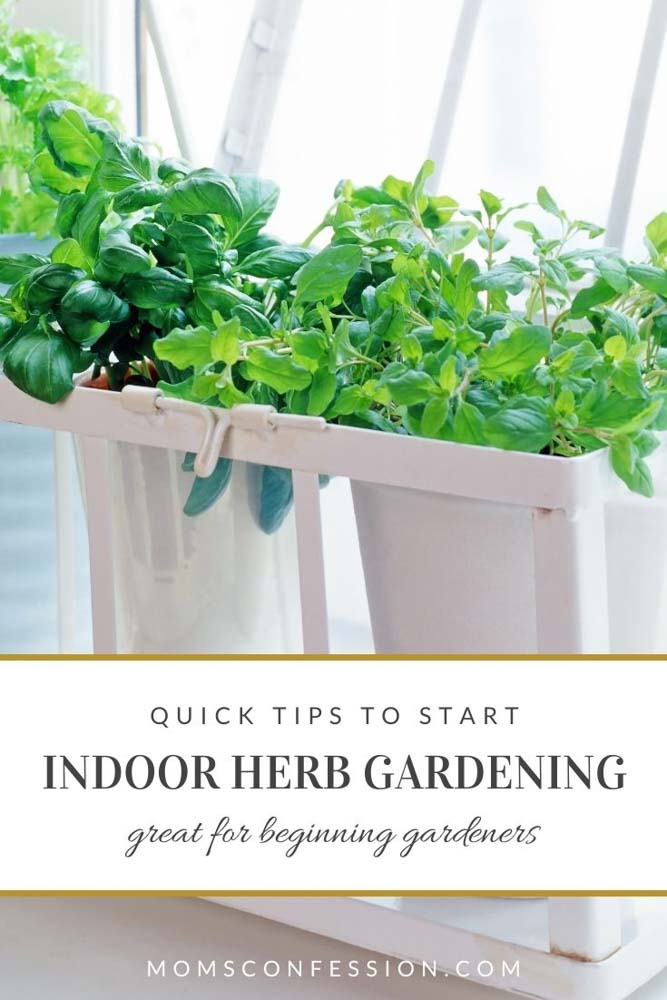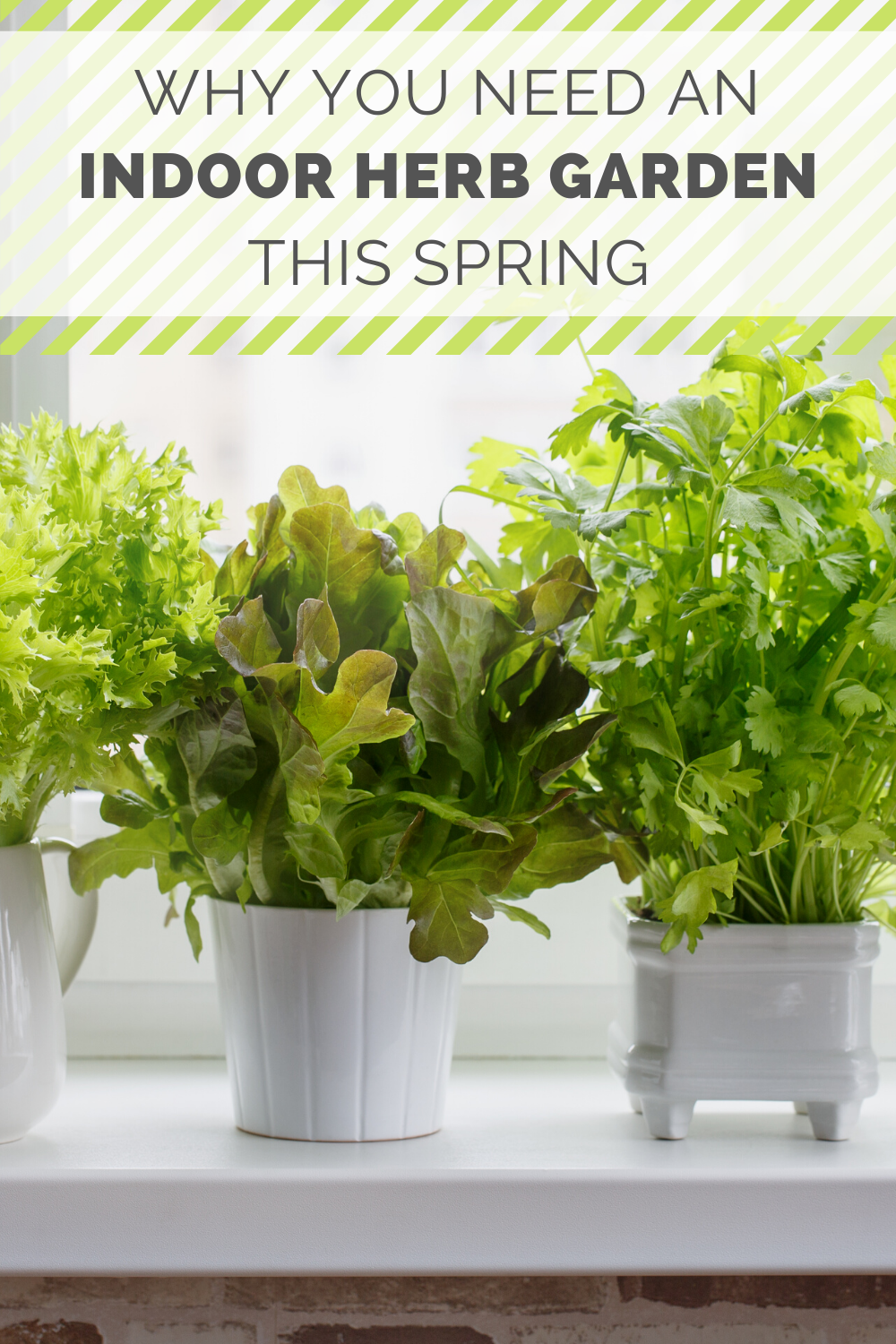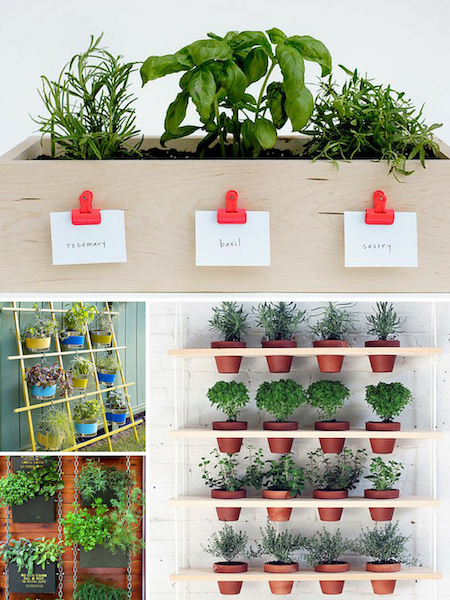How to Start an Herb Garden Indoors with Limited Space

Imagine transforming your small apartment or cozy home into a lush, fragrant oasis. Picture fresh herbs at your fingertips, ready to elevate your culinary creations. Starting an indoor herb garden in limited space is not only possible but also incredibly rewarding. Let's dive into the world of small space herb gardening and discover how you can cultivate a thriving indoor herb garden, even in the tiniest of spaces.
Why Start an Indoor Herb Garden?
Growing herbs indoors offers a multitude of benefits. Fresh herbs add a burst of flavor to your meals, and they're packed with nutrients. Plus, tending to an indoor herb garden can be a therapeutic hobby that brings a touch of nature into your home. Whether you live in an apartment or have limited outdoor space, an indoor herb garden is a practical and delightful solution.
Essential Tips for Starting an Indoor Herb Garden
Choose the Right Herbs
Not all herbs thrive indoors, so it's crucial to select varieties that are well-suited to indoor conditions. Some of the best herbs for indoor gardening include basil, chives, mint, parsley, and rosemary. These herbs are relatively easy to grow and require minimal space.
Select the Perfect Containers
When it comes to limited space gardening, choosing the right containers is key. Opt for small pots or planters that can fit on windowsills, shelves, or even hang from the ceiling. Ensure your containers have adequate drainage to prevent root rot.
Provide Adequate Light
Herbs need plenty of light to grow, so place your pots near a south-facing window if possible. If natural light is scarce, consider using grow lights to supplement. Grow lights can mimic the sun's rays and provide the necessary light for your herbs to flourish.
Water Wisely
Overwatering is a common mistake in indoor herb gardening. Most herbs prefer well-drained soil and should be watered only when the top inch of soil feels dry. Use a watering can with a narrow spout to avoid overwatering and ensure even distribution.
Maintain Optimal Temperature and Humidity
Herbs generally prefer temperatures between 65-70°F (18-21°C) during the day and slightly cooler at night. Maintain a consistent temperature and avoid placing your herbs near drafty areas or heating vents. Additionally, some herbs benefit from higher humidity levels, which can be achieved by misting or using a humidifier.
Creative Ways to Maximize Space
Vertical Gardening
Vertical gardening is a fantastic solution for limited space gardening. You can use wall-mounted planters, hanging baskets, or even a DIY vertical garden system to maximize your space. Vertical gardens not only save space but also add a visually appealing element to your home.
Windowsill Gardening
Windowsills are perfect for growing herbs indoors. Place small pots on your windowsill and let the natural light do its magic. Just make sure your windowsill gets enough sunlight throughout the day.
Hydroponic Systems
Hydroponic systems are a space-efficient way to grow herbs indoors. These systems use water and nutrients instead of soil, allowing you to grow herbs in a compact space. Hydroponic systems are also low-maintenance and can produce faster growth.
Common Mistakes to Avoid
Overcrowding
Avoid overcrowding your herbs. Each plant needs enough space to grow and receive adequate light. Overcrowding can lead to poor growth and increased risk of pests and diseases.
Neglecting Pest Control
Even indoors, pests can find their way to your herbs. Regularly inspect your plants for signs of pests and take immediate action if you spot any. Natural pest control methods, such as neem oil or insecticidal soap, can be effective.
Ignoring Soil Quality
High-quality soil is essential for healthy herb growth. Use a well-draining potting mix specifically designed for herbs. Avoid using garden soil, as it can be too heavy and compacted for indoor herbs.
Conclusion
Starting an indoor herb garden in limited space is a rewarding endeavor that brings nature into your home. By choosing the right herbs, selecting appropriate containers, providing adequate light, and maintaining optimal conditions, you can cultivate a thriving herb garden even in the smallest of spaces. Embrace the joy of growing your own herbs and elevate your culinary experiences with fresh, homegrown flavors.
FAQs
What are the best herbs to grow indoors?
Some of the best herbs to grow indoors include basil, chives, mint, parsley, and rosemary. These herbs are relatively easy to care for and thrive in indoor conditions.
How much light do indoor herbs need?
Most herbs require at least 6-8 hours of light per day. Place your herbs near a south-facing window or use grow lights to ensure they receive adequate light.
Can I grow herbs in a small apartment?
Absolutely! Growing herbs in a small apartment is not only possible but also a great way to add fresh flavors to your meals. Use windowsills, vertical gardening systems, or hanging baskets to maximize your space.
How often should I water my indoor herbs?
Water your indoor herbs when the top inch of soil feels dry. Overwatering can lead to root rot, so it's essential to monitor the soil moisture regularly.
What is the best temperature for growing herbs indoors?
Herbs generally prefer temperatures between 65-70°F (18-21°C) during the day and slightly cooler at night. Maintain a consistent temperature and avoid placing your herbs near drafty areas or heating vents.


0 Response to "How to Start an Herb Garden Indoors with Limited Space"
Post a Comment